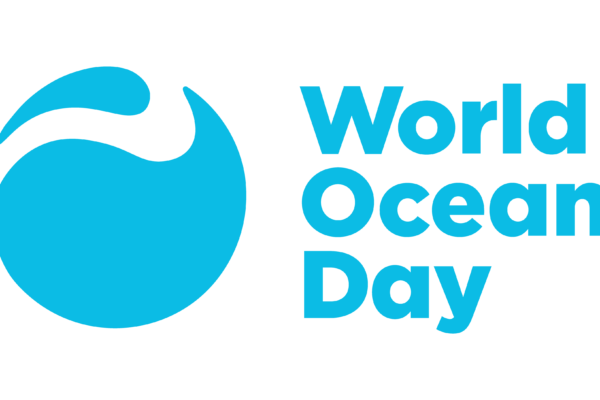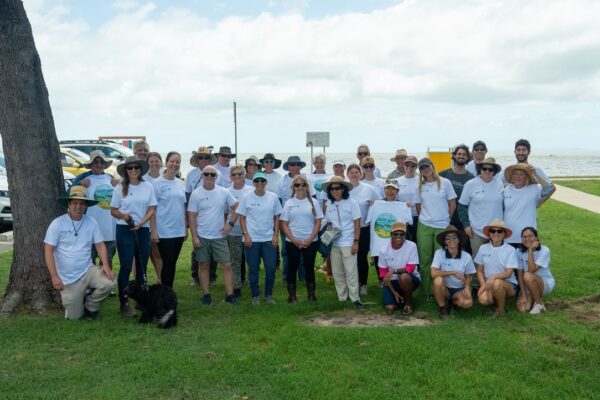Social Media: Weapon of this Generation of Activists
Rather than fighting a battle in the streets with picket signs, today’s youth activists are “taking it to the tweets.” Social media is being used today more than ever, where posted pictures and tweeted messages can be seen “in front of 2,000 followers in seconds flat.” Young people are taking advantage of “a greatly expanded arsenal” of weapons in this generation’s activist movement. As social media users post about a cause they care about, their online network of family, friends, and co-workers now have a personal connection to the issue and may perceive it differently than if they heard about it from a conventional media source. Social media, if used in the right way, can be the most efficient way of reaching a wider-audience, faster. Organizations ought to pay close attention to their social media messages and encourage visitors to take action through these sources.
Using Art to Help to Find Feeling, Remove Disempowered Hope, and Inspire Action.
Internationally acclaimed artist and cultural activist, Chris Jordan, uses the power of his art to create feelings in his audience. Jordan has found that “presenting the truth of our world, even to second graders, and you don’t carry judgments, wag fingers at them, or tell them how they should feel or behave has incredible effects”. These powerful messages can lead to despair, inspiration, or both. Jordan also explains that our culture should not be upholding a mind state of hope, but rather turning inspiration into action to protect the planet. Our culture should “calibrate away from that disempowered concept of hope and recalibrate toward love. If we could collectively reconnect with our reverent love for the incomprehensibly beautiful miracle of our world, all kinds of change could happen fast — and just in the nick of time.”
Views of Climate Change: Scientists vs. Public
This new report from the Yale Project on Climate Change Communication show the differing perceptions of climate change between the scientific community and the public. If climate scientists are 97% sure of human-caused global warming, then why do 59% of the public deny it? The media could be to blame.
Public Health Frame wins over climate policy supporters
Emphasize public health as a way to frame climate change to gaining support for climate solutions. More effective than a “environmental consequences” frame and a national security frame. Also, it’s important to recognize the connection between nature and mental well-being.



